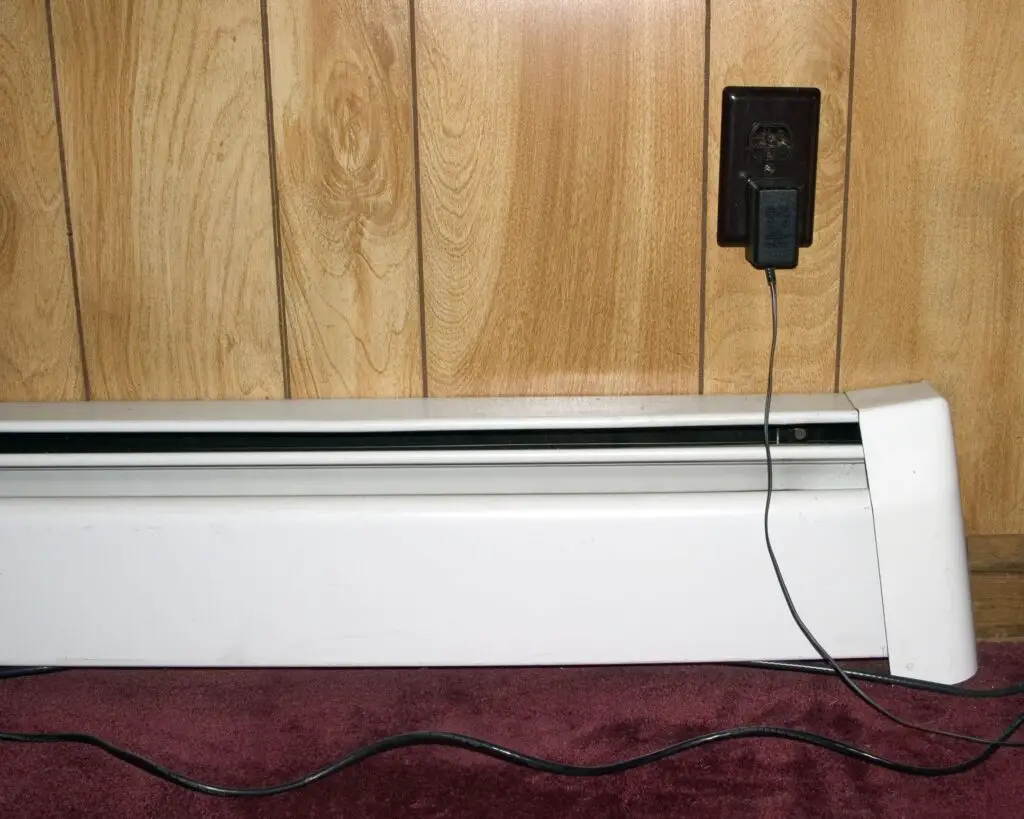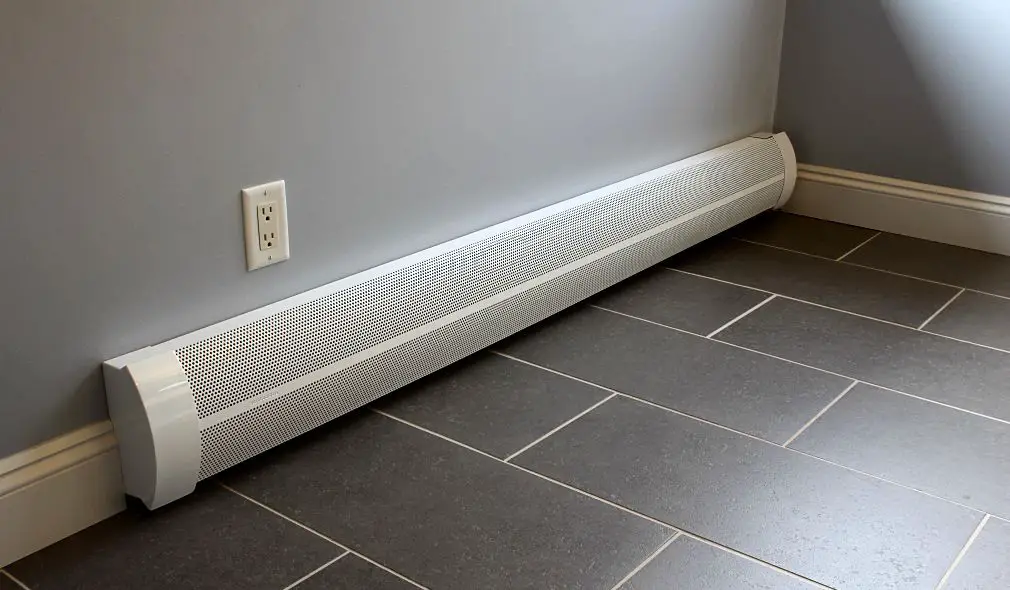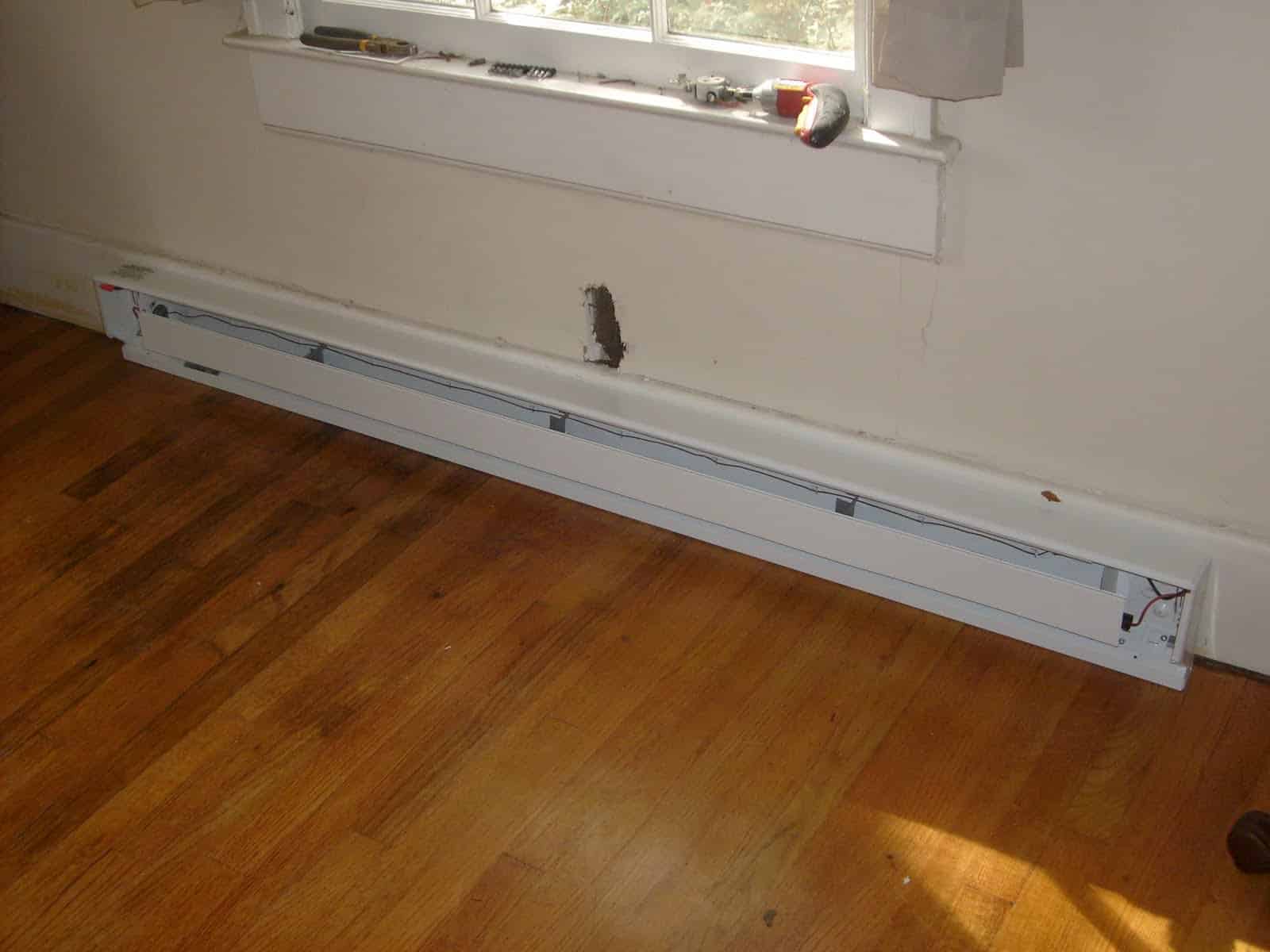How To Wire Two Baseboard Heaters To One Thermostat
Introduction
How To Wire Two Baseboard Heaters To One Thermostat: When it comes to heating a room, baseboard heaters are a popular choice for many homeowners. These heaters are efficient, easy to install, and provide consistent warmth throughout the space. However, if you have multiple baseboard heaters in a room, you may be wondering how to wire them to one thermostat. This article will guide you through the process, ensuring that you can control the temperature of all your heaters with just one device.
Before we dive into the wiring process, it’s important to understand the basics of baseboard heaters. These heaters work by using convection to circulate warm air throughout the room. They are typically installed along the baseboard of a wall and are powered by electricity. Each baseboard heater has its own thermostat, allowing you to control the temperature individually. However, if you have multiple heaters in one room, it can be more convenient to wire them to one thermostat for easier temperature control.
Wiring two baseboard heaters to one thermostat requires a few additional steps compared to wiring a single heater. The first step is to determine the total wattage of the heaters. This information can usually be found on the manufacturer’s label or in the product manual. Once you have the total wattage, you’ll need to choose a thermostat that can handle the combined load. It’s important to select a thermostat that is compatible with the voltage and wattage of your heaters to ensure safe and efficient operation.

Can one thermostat control two baseboard heaters?
One setting works for both heaters because they are in the same room.
Two baseboard heaters are controlled by the same timer. This can be done with line power thermostats for many heaters. These timers can control the power and current to a baseboard heater.
When it comes to baseboard heaters, line voltage timers should match the power and voltage. This information is usually on the product specs or the stickers on baseboard heaters. Check the temperature to make sure it can handle the heaters’ total power.
Before you wire the thermostat and heater together, make sure they work together. Most heaters are hooked up to a line voltage timer and a power source. For wiring directions for each thermostat and heater model, please look at the installation manual or hire a professional.
It’s important to connect them correctly and set the thermostat to handle both heaters. When the temperature goes below a certain level, the thermostat turns on the heaters. When the temperature goes up, the heaters turn off. It’s quick and easy to change how hot or cold the room is.
Put in heaters or a bigger thermostat if the room is cold. A lot of heaters must also work with the power system.
How to wire 2 baseboard heaters to 2 thermostat?
Connect the ground wire from the panel to the junction box and then to the wire nut. Then connect the ground wire from the second junction box to the heater. Connect the thermostat’s black wire from the first junction box to the second thermostat’s junction box. Join the red wire from the first junction box to the second heater’s red wire.
People who want to control the temperature in different parts of their homes often connect baseboard heaters to timers. You can save energy and make sure that every room is warm this way.
Steps you need to take to connect two floor heaters to two thermostats
First, you’ll need to figure out how much power your heaters and timers need. It will help you pick out the right wires and circuit switches for the job. It’s important to make sure that the thermostats and heaters can both use the same wires and circuit breakers.
Next, you’ll need to connect the right wires from the electricity panel to each thermostat. This could mean running new wiring or, if possible, using wiring that is already there. To make sure safety and compliance, it’s important to follow the local electrical codes and rules when running the wires.
As soon as the wiring is set up, you need to link the wire from each thermostat to the right baseboard heater. To do this, connect the baseboard heater’s hot and neutral wires to the matching wires on each thermostat. To keep electrical dangers from happening, it’s important to make sure that the connections between the wires are safe and well insulated.
Lastly, you should check the links between the thermostat and the wiring to make sure everything is working right. It’s important to get help from a licensed electrician if there are any problems or worries.
Do you need a thermostat for each baseboard heater?
Remember: there should be a separate thermostat for each heating unit. A circuit breaker has been tripped. Most electric baseboard heaters are wired into the home, as opposed to being plugged in. They should also have a dedicated circuit.
When it comes to heating your home, baseboard heaters are a popular choice. They are efficient, easy to install, and provide consistent heat throughout the room. However, one question that often arises is whether you need a thermostat for each baseboard heater. The answer to this question depends on a few factors.
Firstly, it is important to understand how baseboard heaters work. These heaters are typically controlled by a thermostat, which regulates the temperature in the room. The thermostat measures the current temperature and adjusts the heat output of the baseboard heater accordingly. This ensures that the room stays at a comfortable temperature.
Secondly, the size of the room plays a role in determining whether you need a thermostat for each baseboard heater. This allows you to have more control over the temperature in each individual space.
Thirdly, consider the layout of your home. If you have an open floor plan or rooms that are connected, having a thermostat for each baseboard heater can help ensure that each area is heated to the desired temperature. This is especially important if you have different heating needs in different areas of your home.
Are heaters wired in series or parallel?
Basically any number of heaters can be connected in parallel, but usually only two heaters are connected in series. Connecting more than two heaters in series becomes much more complicated. With heaters connected in series, if a heater fails it can affect the other heaters.
Heaters can be wired in either series or parallel, depending on the specific requirements of the heating system. The choice between series and parallel wiring depends on factors such as the desired temperature control, energy efficiency, and the overall design of the heating system.
In series wiring, the heaters are connected one after another in a single circuit. In this configuration, the same current passes through each heater, resulting in equal heating across all the heaters. However, if one heater fails or is disconnected, the entire circuit will be interrupted, and none of the heaters will work.
On the other hand, in parallel wiring, each heater is connected to the power source independently. This means that the current is divided among the heaters, with each heater receiving a fraction of the total current. In this configuration, each heater can be controlled individually, allowing for more precise temperature control. Additionally, if one heater fails or is disconnected, the other heaters will continue to function.
The choice between series and parallel wiring depends on the specific heating requirements.
Heaters can be wired in either series or parallel, depending on the desired temperature control and energy efficiency. Parallel wiring allows for individual temperature control and continued operation if one heater fails. The choice between series and parallel wiring depends on the specific heating requirements and design of the heating system.
When two heaters are connected in series?
When you connect two lamps in series, they are linked together in a single circuit, one after the other. As things stand, there is only one way for the current to move, so it flows through both heaters at the same speed. The voltage across each heater may be different, though, based on how much resistance each one has.
When heaters are linked together in series, the circuit’s resistance is equal to the sum of the resistances of the heaters. That’s because the total resistance is equal to the sum of the effects of all the resistors in the circuit. So, if one heater has a larger resistance than the other, the circuit as a whole will have a higher resistance.
When heaters are linked in series, it’s important to remember that the total power lost by the circuit is equal to the sum of the powers lost by each heater. The total amount of heat the system gives off will be equal to the sum of the heat from both heaters.
Different resistances, the heat may not be spread out the same way
If you want to connect two baseboard heaters to a single thermostat safely and effectively, you need to make sure you use the right wiring setup. Connecting the heaters in parallel is the most usual and best way to wire them. It means that each heater is hooked straight to the thermostat, instead of being linked together in a series.
You will need to run a different set of wires from the thermostat to each heater if you want to connect them in parallel. There should be two sets of wires on the thermostat. Usually, they are labeled Line and Load. The power source should be hooked up to the Line terminals’ wires, and the heaters should be hooked up to the Load terminals’ wires.
It’s important to remember that the wires used for the link should be the right size for the heaters’ load. This will depend on things like how many watts the heaters have and how long the wires are. To find the right wire gauge for your setup, you should look at the manufacturer’s instructions or talk to a trained electrician.
Are there any specific considerations or precautions to keep in mind when wiring multiple baseboard heaters to one thermostat?
There are a few important things to keep in mind when wiring more than one baseboard heater to the same thermostat. To begin, it is very important to make sure that the total power of the heaters does not go over the thermostat’s maximum load capacity. Going over this limit could cause the thermostat to warm and possibly break.
It’s also important to make sure that the heaters’ wires and circuit breakers are the right size. Also, it’s important to follow all local electricity rules and codes when connecting more than one baseboard heater to a single thermostat. These rules are in place to make sure that the electricity system is safe and to stop any possible problems. If you want to make sure you follow the rules, you should hire a professional electrician to do the installation or ask them for advice.
Can a standard thermostat handle the load of two baseboard heaters, or is a special thermostat required?
A standard thermostat may not be able to handle the load of two baseboard heaters. Baseboard heaters typically require a higher amperage than other types of heating systems, and a standard thermostat may not have the capacity to handle the increased electrical load. In this case, a special thermostat designed for high-amperage applications would be required.
It is important to ensure that the thermostat you choose is compatible with the electrical requirements of your baseboard heaters. Using a standard thermostat that is not designed for high-amperage applications could result in overheating, damage to the thermostat, or even a potential fire hazard. Therefore, it is crucial to consult the manufacturer’s specifications for both the baseboard heaters and the thermostat to determine the appropriate thermostat for your specific setup.
Are there any recommended wire gauges or types that should be used for wiring two baseboard heaters to one thermostat?
When wiring two baseboard heaters to a single thermostat, it is important to use the proper wire gauge and type to ensure safe and efficient operation. The recommended wire gauge for this configuration is typically 12 or 10 gauge wire. This gauge is suitable for handling the electrical load of two baseboard heaters. Additionally, it is important to use a type of wire that is rated for use with high temperatures.
Is it necessary to install any additional equipment or devices, such as relays or transformers, when connecting multiple baseboard heaters to a single thermostat?
When connecting multiple baseboard heaters to a single thermostat, it is not always necessary to install additional equipment or devices such as relays or transformers. However, there are certain factors to consider that may require the use of these additional components.
The distance between the thermostat and the baseboard heaters should be taken into account. If the distance is significant, there may be voltage drop along the wiring, which can affect the performance of the heaters. In such cases, the use of relays or transformers can help to compensate for this voltage drop and ensure that the heaters receive the required amount of power.

Conclusion
One of the main advantages of wiring two baseboard heaters to one thermostat is the convenience it offers. Instead of having separate thermostats for each heater, homeowners can easily adjust the temperature of both heaters from one central location. This not only saves time and effort but also ensures that the desired temperature is maintained consistently throughout the entire space.
Wiring two baseboard heaters to one thermostat can also lead to energy savings. This can result in more efficient energy usage and lower heating costs in the long run. However, it is important to note that proper installation and wiring techniques are crucial to ensure the safe and effective operation of the baseboard heaters. It is recommended to consult a professional electrician or follow the manufacturer’s instructions carefully when undertaking such a project.
Wiring two baseboard heaters to one thermostat can provide convenience, energy savings, and better temperature control for homeowners. By following proper installation procedures and considering the electrical capacity of the home, this solution can be a practical and efficient way to heat multiple rooms or areas in a home.








